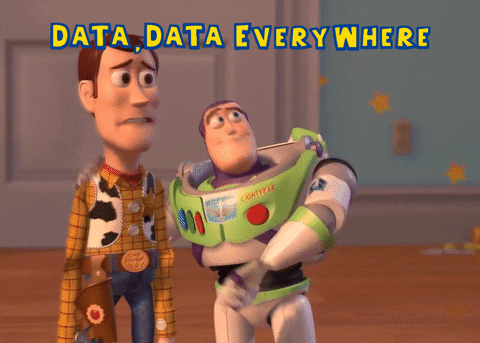
This logo isn't an ad or affiliate link. It's an organization that shares in our mission, and empowered the authors to share their insights in Byte form.
Rumie vets Bytes for compliance with our
Standards.
The organization is responsible for the completeness and reliability of the content.
Learn more
about how Rumie works with partners.
Choosing the right email marketing platform is like selecting a tool from a toolbox: it all depends on what you want to accomplish!

Ask yourself some key questions to decide which platform works best for your marketing goals.
How Do You Want Your Emails To Look?
Do you want your emails to be served plain or fancy?

In plain-text emails, there are no colors, pictures, or shortened hyperlinks, whereas fancy emails use HTML to include design elements that make them more visually appealing.
Plain emails have a more personal feel to them, while HTML emails can have more brand elements and tracking capabilities.
If you want fancy, look for email marketing platforms with:
Drag-and-drop email builders
A library of predesigned templates for you to use
The ability to code your own emails (if this is something you're into)
Quiz
Eva is creating a monthly newsletter to promote her family's ice cream stand. Should she plan to send plain-text or HTML emails?
Using HTML emails will allow Eva to incorporate the logo and color of her family's business and possibly also track metrics like how many people open the newsletter or click on a link within it.
How Will People Sign Up For Your Emails?
What happens when a new person wants to receive emails from you? How do they get on your list?

Some email marketing platforms include features for automating the process by which people can sign up for your emails (or unsubscribe).
If this interests you, consider one that includes sign-up forms and a way for recipients to easily opt out or update their contact information.
Did you know?
How Many Emails Do You Plan To Send?
Keep in mind that the price of an email marketing platform can vary depending on how big your list is and how many emails you plan to send.

If you have a small list, you might be able to get away with a free plan.
For example, one platform lets you use it for free as long as you limit your contacts to 2,000 and you send less than 6,000 emails per month.
Exceed that and you could be looking at a cost of anywhere from $15-$60 per month depending on the features you select.
When Do You Plan To Send Emails?

It's important to plan when you'll send your emails and who will receive them. This will help you determine if you need features for:
Scheduling multiple emails in advance. For instance, do you want to write a batch of emails at one time and then schedule them to go out to your list on Thursdays?
Integrating the email platform with another app. This is important if you want to send emails that are triggered by an online purchase, for example.
What Metrics Do You Need?

Different email marketing platforms provide different levels of reporting on user interaction, so you should decide which metrics are most important to you. For example, you might want to know:
How many people opened your email?
How many people opted out?
How many people clicked on a link, and which link was most popular?
You may also be interested in A/B testing, which allows you to send two different versions of the same email, with only one difference between them (e.g., the subject line). This way, you can see which performs better.
Did you know?
Take Action

This Byte has been authored by
Monica Giannobile
Learning Designer